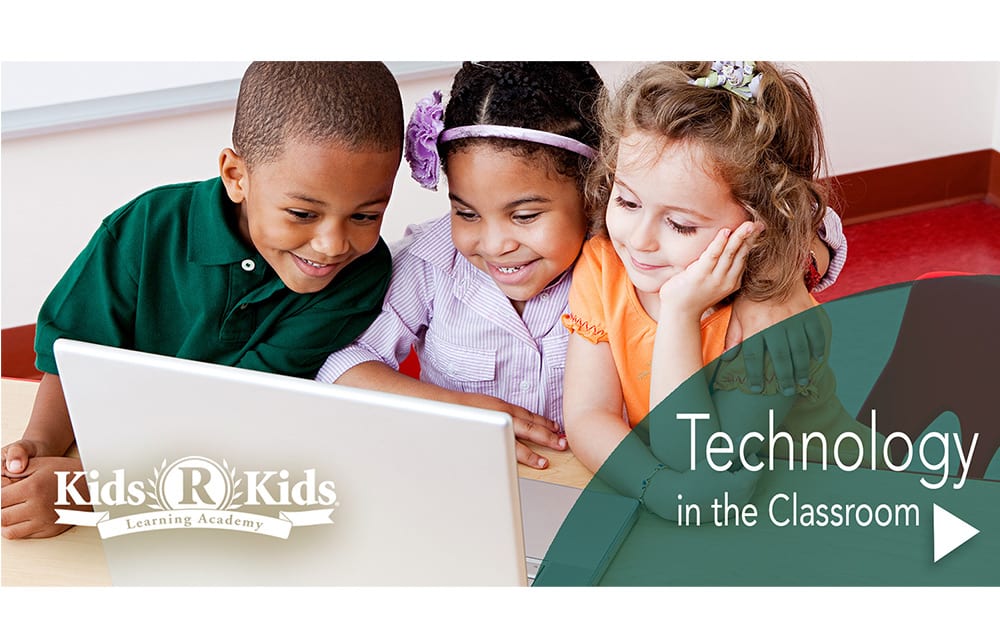In today’s world, there is no option but to interact with, learn, and utilize technology for almost everything we do. Therefore, using and understanding technology from a very early age is important. Most experts agree that technology is not only necessary for children to grow into the modern world, but it also provides a platform for well-rounded and immersive education. There is much debate around when and how technology should be introduced to children, however there is a time and place as well as developmentally appropriate use of technologies that most schools in the modern day practice.

Starting in early childhood care and education, technology is used to monitor and educate young children. It starts with baby monitors and electronic thermometers for infants and toddlers, and finally to iPads, computers and phones for preschool and school age children. Many classrooms throughout the country use iPads, SmartBoards and computers for fun and educational activities with kids. These range from alphabet videos to mini documentaries about animals and interactive math games and more. Most schools and daycare programs have well defined uses and practices with technology in the classroom- talk with your child’s center to see how and when they use technology in the classroom.
NAEYC, the National Association for the Education of Young Children, has a set of guidelines on how technology should be used in the classroom. Below are just some of the listed general guidelines for how technology should be used in early care and education:
- Above all, the use of technology tools and interactive media should not harm children.
- Developmentally appropriate practices must guide decisions about whether and when to integrate technology and interactive media into early childhood programs.
- Appropriate use of technology and media depends on the age, developmental level, needs, interests, linguistic background, and abilities of each child.
- When used appropriately, technology and media can enhance children’s cognitive and social abilities.
- Interactions with technology and media should be playful and support creativity, exploration, pretend play, active play, and outdoor activities.
- Technology tools can help educators make and strengthen home–school connections.
- Technology and media can enhance early childhood practice when integrated into the environment, curriculum, and daily routines.
- Assistive technology must be available as needed to provide equitable access for children with special needs.
- Digital citizenship is an important part of digital literacy for young children.
To read the complete list of recommendations and research by NAEYC on early care and education visit: https://www.naeyc.org/sites/default/files/globally-shared/downloads/PDFs/resources/topics/PS_technology_WEB.pdf
The introduction of technology with children can be tricky, and sometimes even scary, but when used appropriately it opens a broader world of knowledge, skill and fun for children in a quickly developing world.